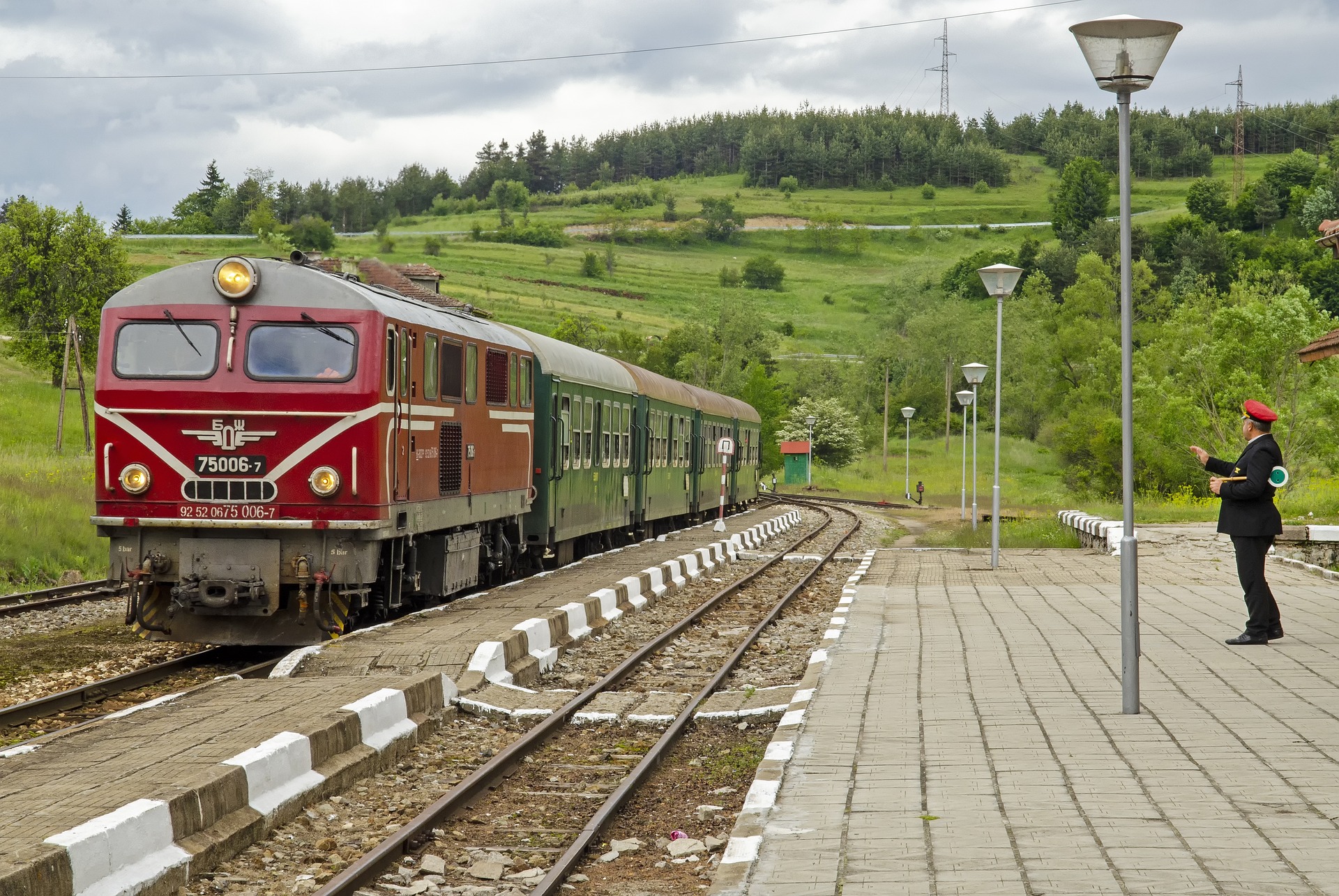Conductor in Japan — Overseeing Passenger Safety and Service on the Railway
In Japan’s railway system, the conductor is responsible for ensuring that each journey runs smoothly from departure to arrival. This role includes checking tickets on board, assisting passengers with seating or travel information, monitoring platform and onboard safety, and coordinating with the train driver. Conductors help maintain order, respond to passenger needs, and ensure compliance with railway regulations. Their presence is an important part of the daily operations that keep Japan’s trains reliable and organized
What are the main responsibilities of a conductor in Japan’s railway network?
Conductors in Japan’s railway network are tasked with a wide array of responsibilities that go beyond simply checking tickets. Their primary duty is to oversee the safe and efficient operation of the train, which includes monitoring passenger boarding and alighting, ensuring timely departures and arrivals, and maintaining order within the train cars.
Japanese conductors are also responsible for making announcements regarding station arrivals, transfers, and any potential delays or service disruptions. They must be well-versed in the intricacies of the railway system to provide accurate information to passengers and respond to inquiries effectively.
How do conductors assist passengers during travel?
One of the hallmarks of Japan’s railway service is the exceptional level of customer care, and conductors play a pivotal role in this aspect. They are often the first point of contact for passengers seeking assistance or information during their journey.
Conductors help passengers with a variety of needs, such as locating their seats, storing luggage, and understanding route information. They are trained to assist elderly passengers, those with disabilities, and foreign tourists who may require additional support. In cases of lost items or medical emergencies, conductors are equipped to respond swiftly and efficiently, ensuring passengers’ comfort and safety throughout their journey.
What is the role of conductors in ensuring safety on platforms and trains?
Safety is paramount in Japan’s railway system, and conductors are at the forefront of maintaining this high standard. On platforms, conductors vigilantly monitor passenger movements, particularly during rush hours when crowding can pose risks. They ensure that passengers stand behind safety lines and board trains in an orderly manner.
Inside the trains, conductors regularly patrol the cars, checking for any potential safety hazards or suspicious activities. They are trained to handle various emergency situations, including fire, earthquakes, and medical incidents. Conductors also play a crucial role in evacuation procedures, should the need arise, guiding passengers to safety with calm and authority.
How do conductors communicate with train drivers?
Effective communication between conductors and train drivers is essential for the smooth operation of Japan’s railways. Conductors use a combination of verbal and non-verbal signals to communicate with drivers, ensuring precise coordination during departures and arrivals.
Before departure, conductors confirm that all passengers have boarded safely and that platform gates are closed. They then signal the driver that it’s safe to depart, often using a combination of whistle blows and hand gestures. Throughout the journey, conductors maintain communication with drivers through intercom systems, relaying important information about track conditions, schedule adherence, and any unexpected situations that may arise.
How do conductors contribute to Japan’s railway efficiency?
Conductors are integral to maintaining the legendary punctuality of Japan’s railways. They meticulously manage boarding and alighting times at each station, ensuring that trains adhere to their tightly scheduled timetables. By efficiently directing passenger flow and swiftly resolving any issues that may cause delays, conductors help keep the entire network running smoothly.
Moreover, conductors contribute to the system’s efficiency through their proactive approach to passenger service. By anticipating and addressing passenger needs quickly, they minimize disruptions and maintain the flow of operations. Their attention to detail, from ensuring correct train formation to managing air conditioning levels, all contribute to the overall efficiency and passenger satisfaction that Japan’s railways are famous for.
Japan’s railway conductors embody the country’s commitment to excellence in public transportation. Their multifaceted role, combining safety oversight, customer service, and operational efficiency, is crucial to the success of one of the world’s most admired railway systems. As Japan continues to innovate in transportation, the role of conductors remains indispensable, adapting to new technologies while maintaining the human touch that makes Japan’s railways truly exceptional.





